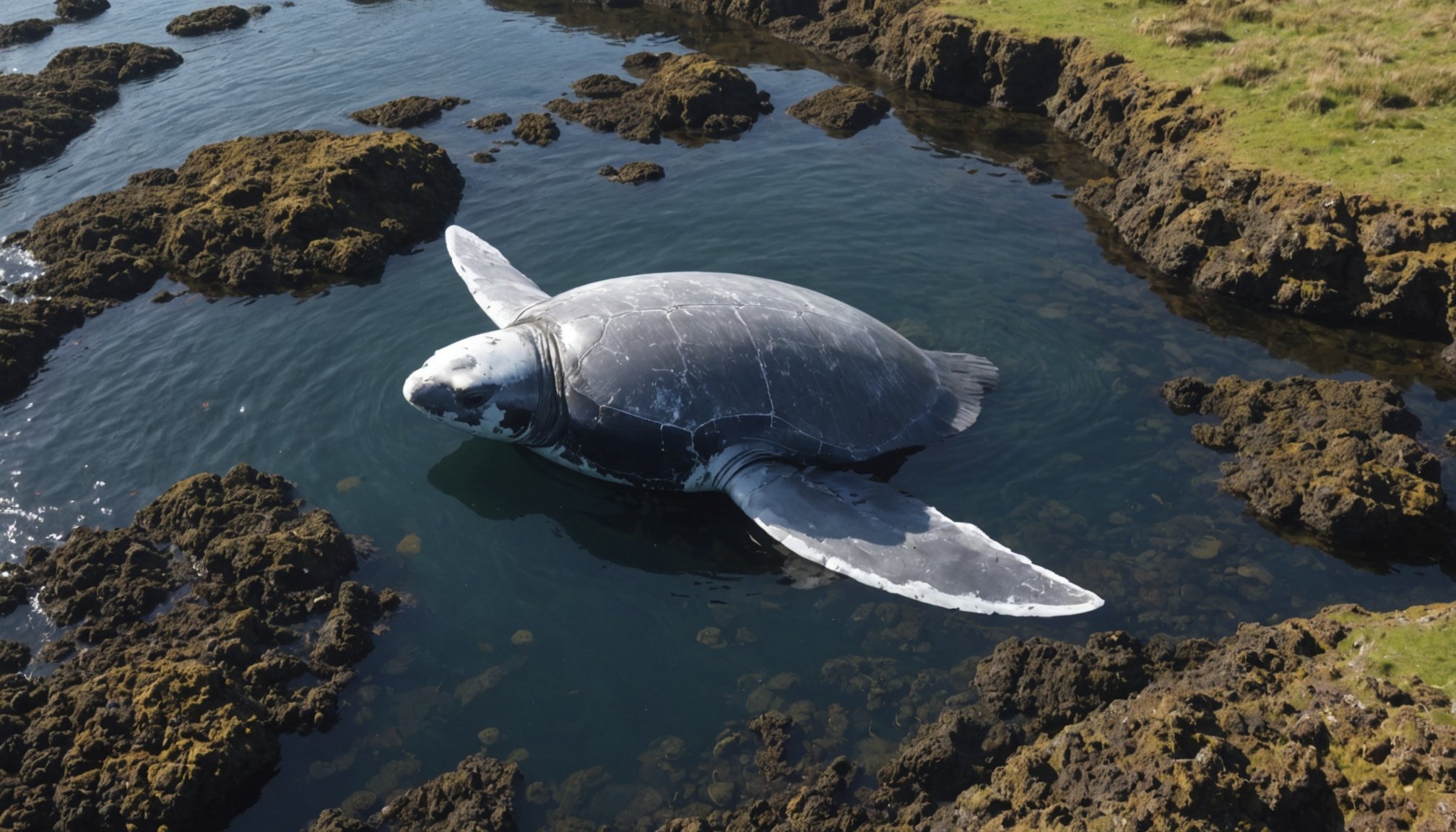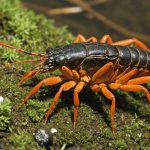Overview of Oil Spills and Their Impact on Marine Wildlife
Oil spills present a significant threat to our oceans through the release of petroleum into the marine environment. These incidents can occur due to various factors, such as accidents involving oil tankers, pipelines, or offshore rigs, and are often categorized into different types: surface spills and subsea blowouts. Each type has a unique impact on marine wildlife ecosystems.
The environmental effects are both immediate and long-lasting. Initially, oil coats the bodies and feathers of marine animals, impairing their ability to maintain buoyancy and temperature regulation, frequently resulting in hypothermia or drowning. Fish may ingest toxic oil droplets, directly disrupting their health and indirectly affecting predators higher up the food chain.
Also read : Join the movement: how uk citizens can play a vital role in protecting local seal populations
In the long term, oil can settle on the ocean floor, persisting in the environment and causing prolonged harm to ecosystems. The degradation process is slow, with some oil components persisting for decades, continuously affecting marine species and their habitats.
Certain species suffer more from these spills. Birds, like pelicans and gulls, lose their water-repelling feather properties, while mammals, such as sea otters, experience damage to their insulation and flotation capabilities. Understanding these biodiversity impacts underscores the importance of protecting marine wildlife and ecosystems against the ongoing threat of oil spills.
Also read : Join the movement: key strategies for uk citizens to support white-clawed crayfish conservation
Innovative Rehabilitation Techniques
Efforts to address oil spills require innovative rehabilitation techniques to ensure the effective recovery of marine wildlife. Traditionally, rehabilitation methods involved cleaning and stabilizing affected animals before releasing them back into their natural habitat. While foundational, these methods often lacked the precision and speed necessary for large-scale response.
Recent advancements have introduced groundbreaking approaches to marine wildlife recovery. Modern oil spill response strategies now incorporate the use of thermal imaging and advanced tracking technology to monitor wildlife health more effectively during the rehabilitation process. Such technologies help identify stress indicators and behavioural changes in real-time, offering a higher precision in evaluating recovery success.
Furthermore, improved chemical dispersants that are less toxic to marine ecosystems facilitate better outcomes in oil spill response. These dispersants break down oil slicks more efficiently, minimizing their impact on marine fauna and flora, thus supporting faster rehabilitation.
Successful rehabilitation projects showcase the efficacy of these new techniques. For instance, the rehabilitation of sea otters after the 1989 Exxon Valdez spill demonstrated how combining traditional methods with advanced monitoring technologies significantly improved survival and recovery rates. These case studies provide a blueprint for future endeavours, emphasizing the need for continued innovation in rehabilitation approaches.
Scientific Research and Findings
Exploring the depths of marine biology research unveils crucial scientific findings regarding oil spill impacts and ecosystem resilience. Over the past decade, numerous studies have delved into oil spill scenarios, revealing startling insights into oil toxicity and wildlife resilience. The findings underscore the resilience of certain marine species, highlighting their ability to recover over time, offering hope for conservation efforts.
Key Research Studies
Recent significant studies have focused on understanding the long-term effects of oil exposure on marine life. Research has shown that while oil toxicity can devastate populations, some species exhibit remarkable resilience. These insights are pivotal in shaping future research directions, pushing for innovative rehabilitation techniques to aid ecosystems.
Methodologies Employed
To achieve these insights, innovative methodologies have been pivotal. Advances in technology have enhanced data gathering, employing remote sensing and advanced analytics for precise assessments. Interdisciplinary collaborations between research institutions and environmental organizations have further enriched the research process, ensuring comprehensive evaluations of oil spill impacts.
Insights from Marine Biologists
Interviews with leading marine biologists emphasize the significance of ongoing research. Quoting Dr. Maria Lee, “Understanding how marine life copes with oil toxicity is crucial for developing effective strategies.” Such perspectives emphasize the evolution of rehabilitation techniques, guiding future conservation efforts by leveraging scientific advancements and collaborative insights.
Examples of Successful Projects
Highlighting successful projects within oil spill recovery offers valuable insights. Examining detailed case studies allows us to understand what elements contributed to their success. For instance, one notable rehabilitation success story is the Exxon Valdez oil spill response in Alaska. This project exemplified a multi-faceted approach involving immediate cleanup operations paired with long-term ecosystem rehabilitation. These efforts utilized advanced technology and expert collaboration, setting a historical benchmark in oil spill management.
Success Metrics
To measure the success of such projects, specific success metrics are employed. These metrics often include the speed of initial response, the percentage of the spill contained, and the recovery rate of affected wildlife populations. Another crucial metric is community resilience and how quickly local economies recover. Each metric offers a perspective on the efficacy and sustainability of the rehabilitation efforts, pointing out strengths and areas for improvement.
Lessons Learned
From these case studies, critical lessons arise. The Exxon Valdez response underscored the importance of preparedness, emphasizing stockpiling essential cleanup materials and training local responders in advance. Additionally, it highlighted the need for robust communication strategies among stakeholders to ensure a cohesive response. Such lessons inform and refine future oil spill responses, contributing to a broader understanding of environmentally conscious project outcomes.
Ongoing Challenges and Future Directions
Wildlife rehabilitation efforts grapple with significant future challenges. Foremost is the struggle against climate change, which exacerbates the frequency and intensity of oil spills. This raises significant concerns for the environmental sustainability of marine ecosystems. Climate change’s ripple effects lead to evolving patterns in spill occurrences, demanding more adaptive strategies in response efforts.
In the realm of marine conservation, ongoing challenges include the need for comprehensive data collection and analysis. Understanding long-term impacts on affected species and habitats is crucial. However, limited resources and technology not widely equipped for extensive marine data capture often hinder progress.
Future research should pivot towards innovative rehabilitation methods that address both immediate and long-term ecological needs. Greater emphasis on collaboration between scientists, marine experts, and policymakers can drive improvements. Integration of technological advancements, such as AI for predictive modeling and drones for efficient monitoring, may revolutionize spill response strategies.
Moreover, the synergy between marine conservation and environmental sustainability is critical. Pursuing eco-friendly spill treatment technologies not only aids in immediate crisis management but also promotes healthier ecosystems. The future lies in harnessing this relationship to innovate sustainably, ensuring that rehabilitation practices align with broader conservation goals.
Visuals and Infographics
When it comes to illustrating environmental impacts, visuals can powerfully convey complex information. In the realm of marine wildlife rehabilitation, data visualization is instrumental in depicting the catastrophic effects of oil spills. Such visuals bring clarity to the extent of environmental damage, showcasing the harsh realities not always visible to the untrained eye.
For instance, infographics in scientific reporting can highlight pivotal statistics, such as the number of rehabilitated wildlife over time or percentage improvements in recovery rates. By converting numbers into engaging visuals, these graphics capture the reader’s attention and enhance comprehension. Effective visual communication in this context is more than just appealing images; it is a strategic tool for presenting data in a digestible format, making it easier for viewers to grasp the severity and scale of oil spills.
A well-designed infographic might reveal the resilience of affected species through rehabilitation efforts, spotlighting success stories alongside challenging statistics. Such visuals not only support scientific data with compelling narratives but also enable stakeholders, policymakers, and the public to understand and engage with the research outcomes deeply. Thus, infographics serve an invaluable role in both educating and mobilizing audiences to support marine wildlife conservation efforts effectively.











